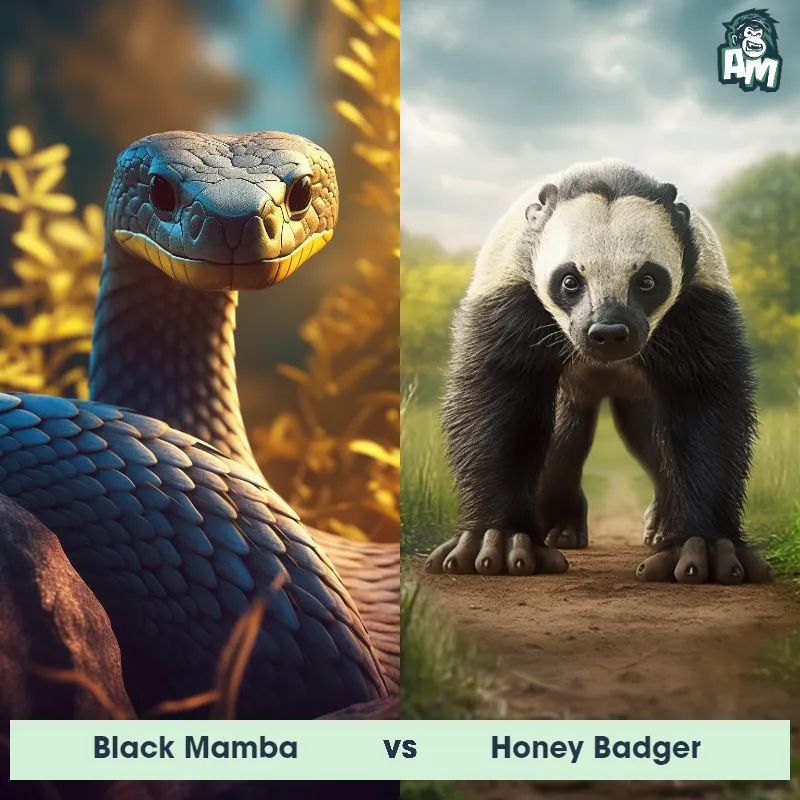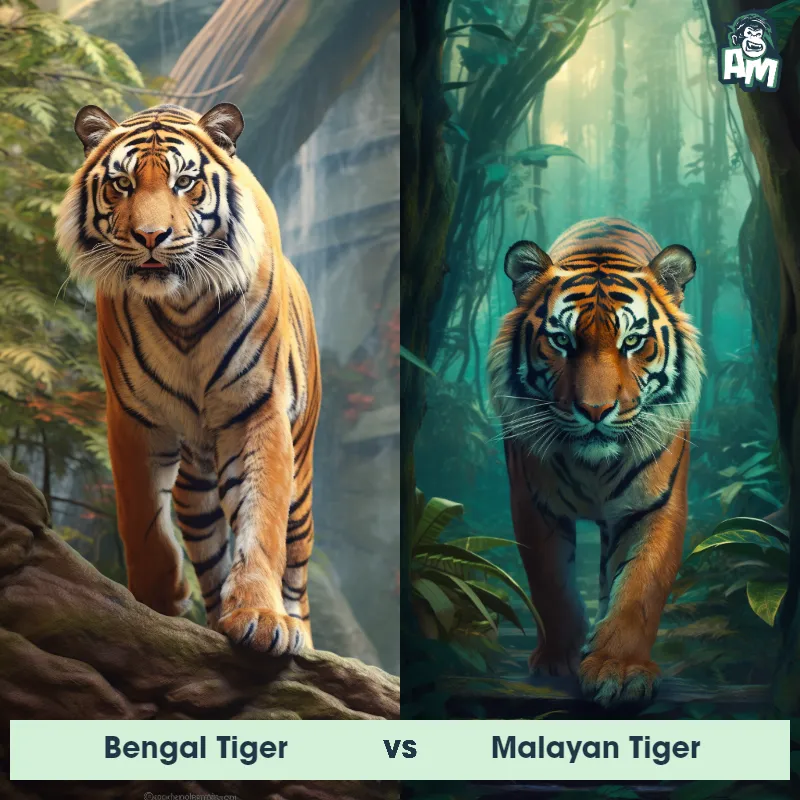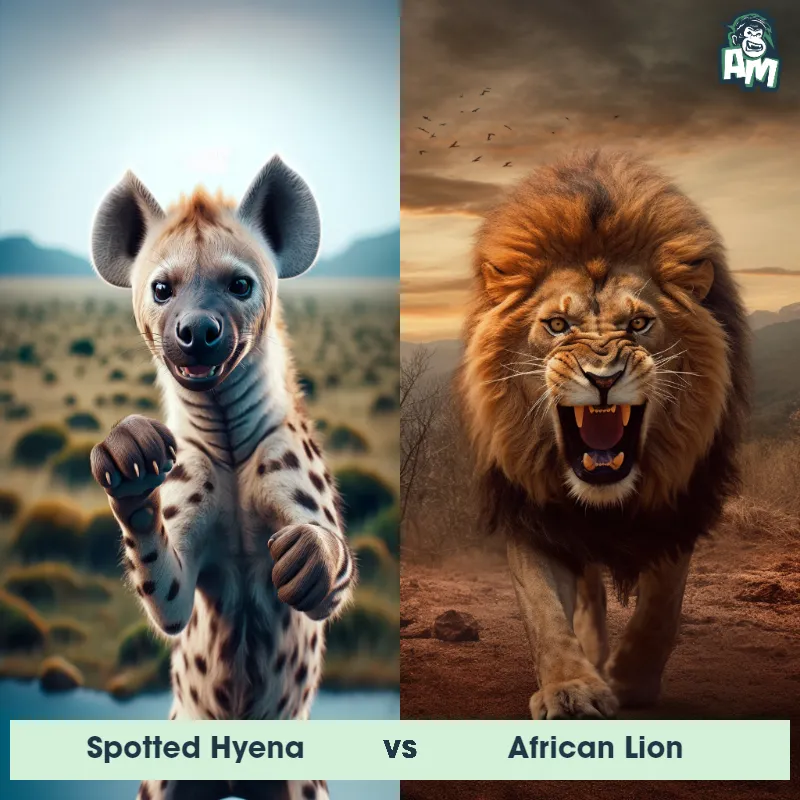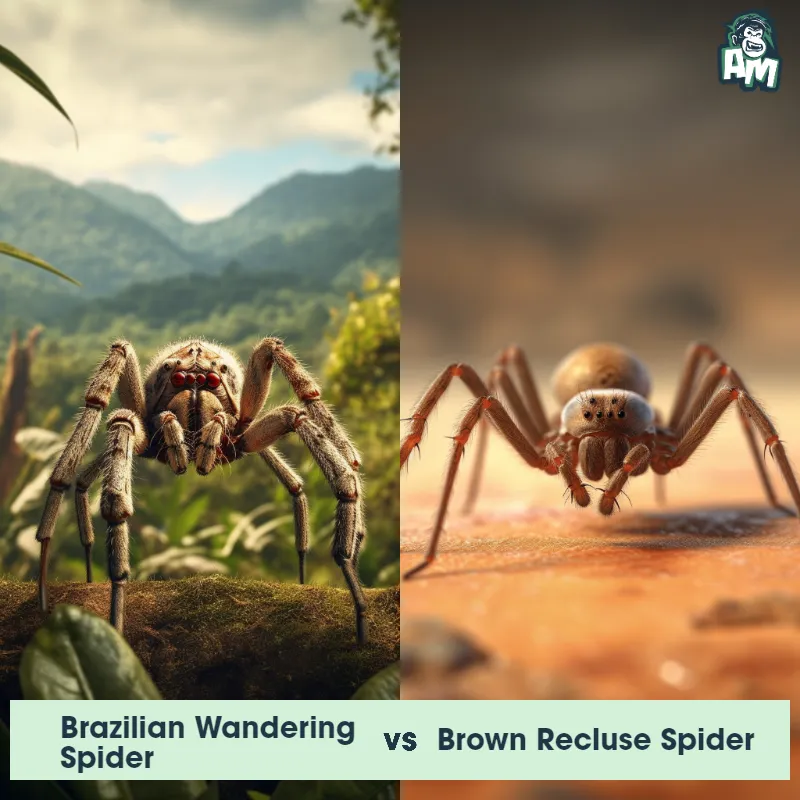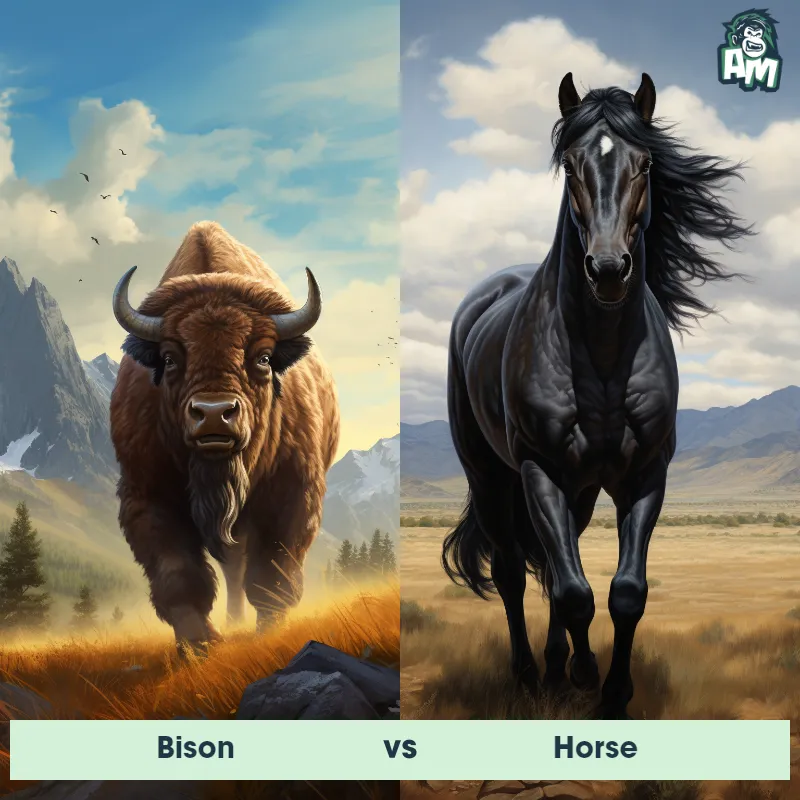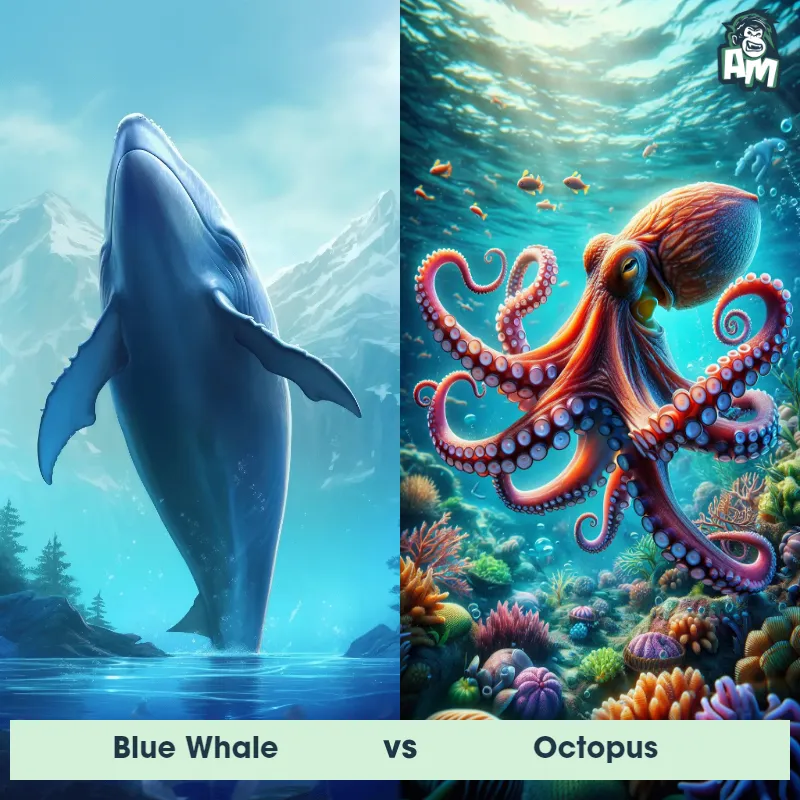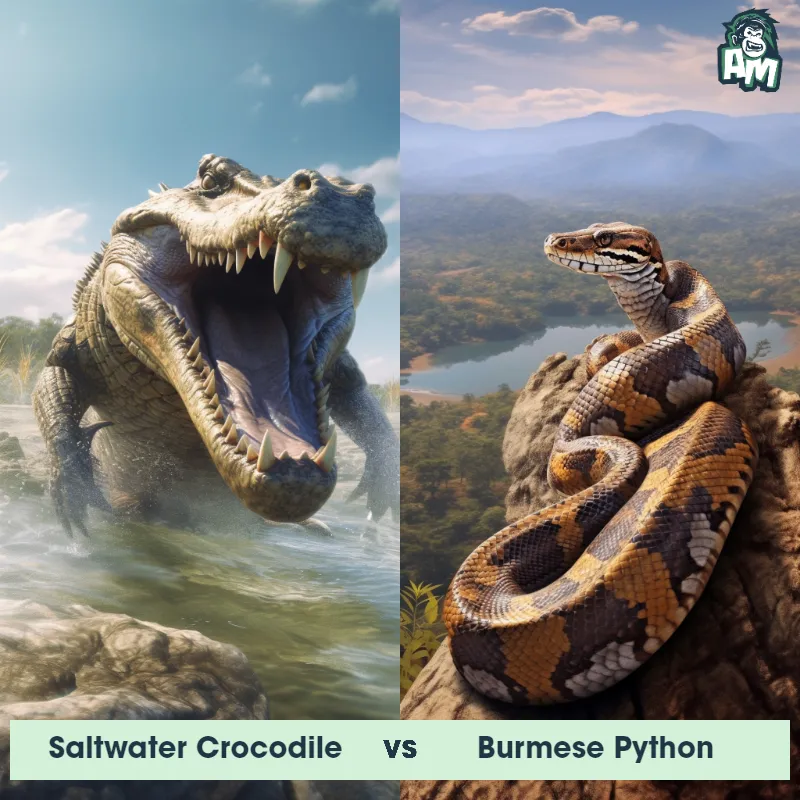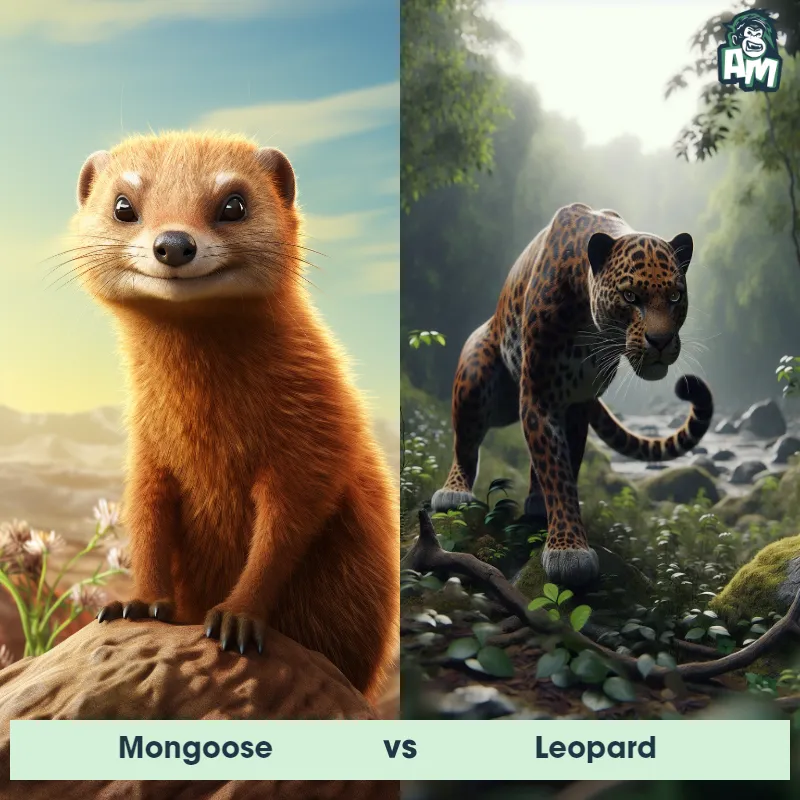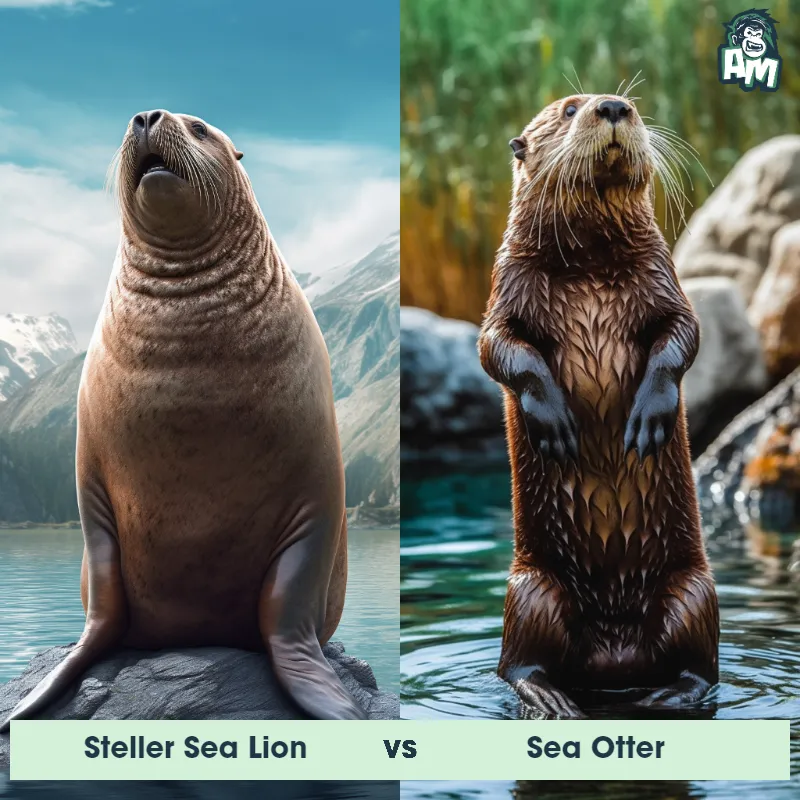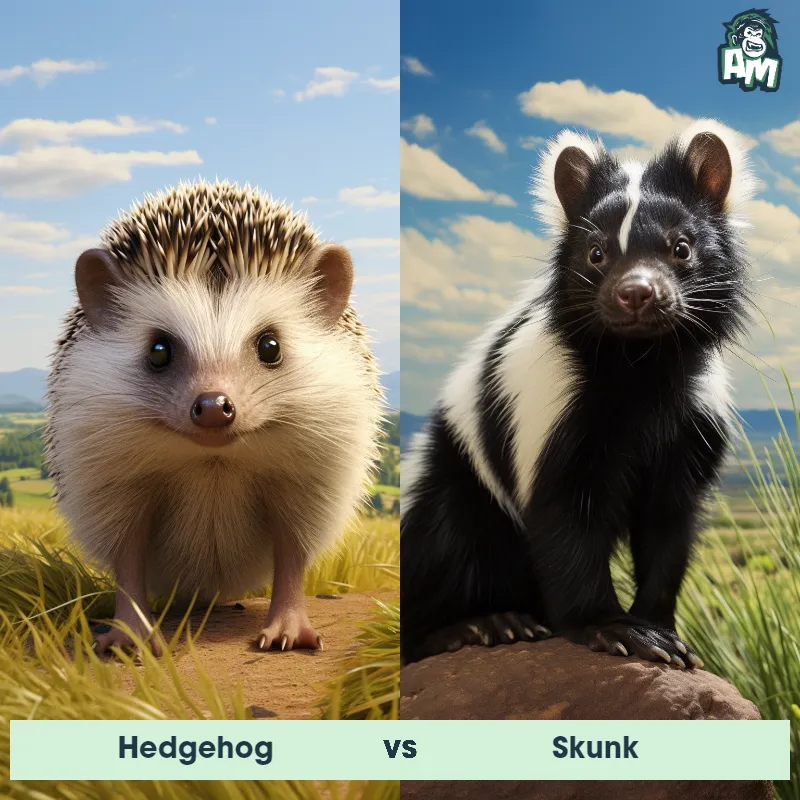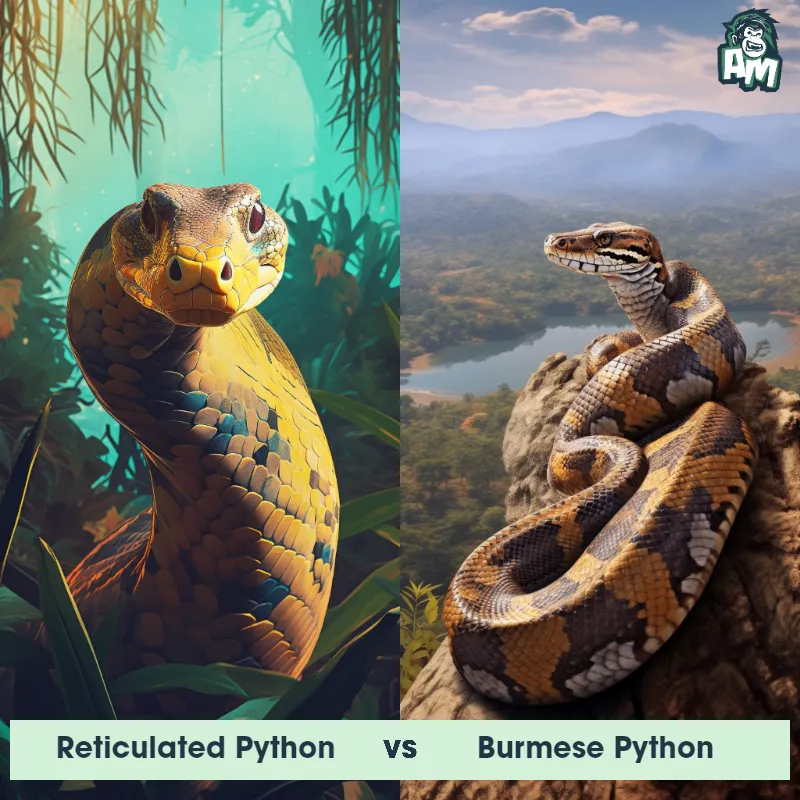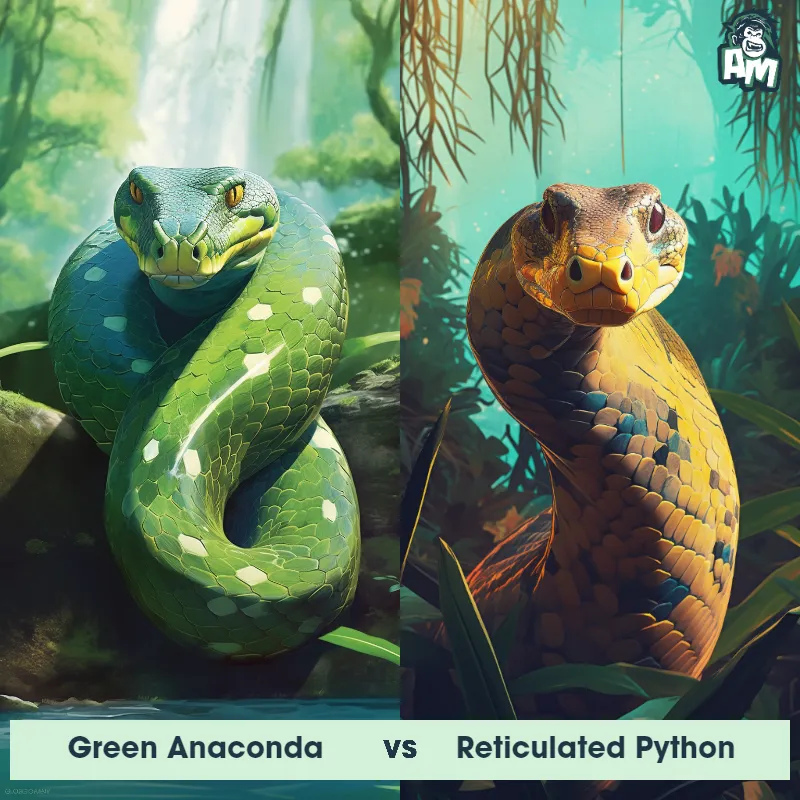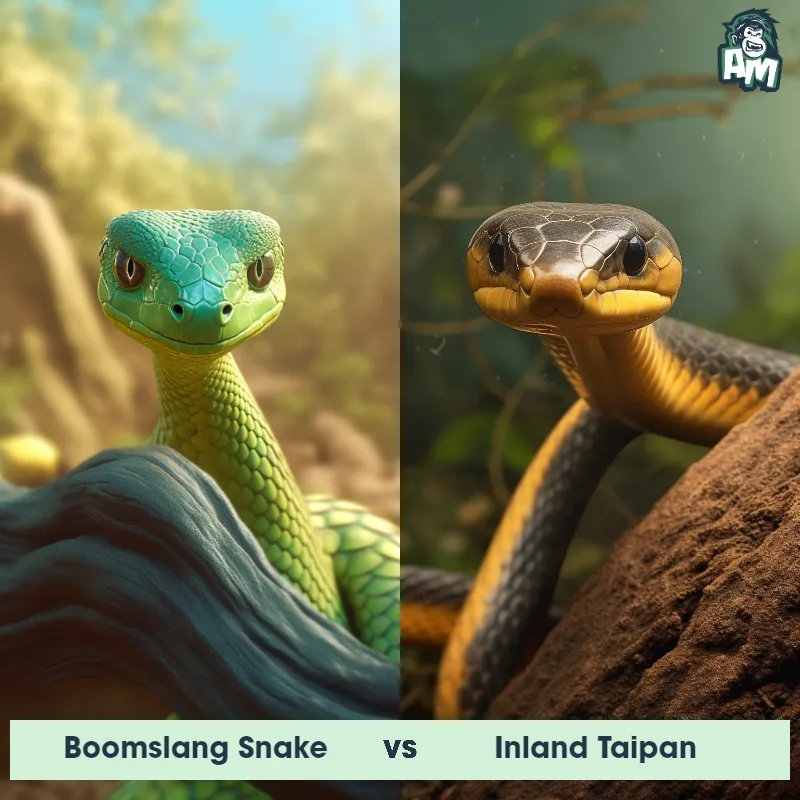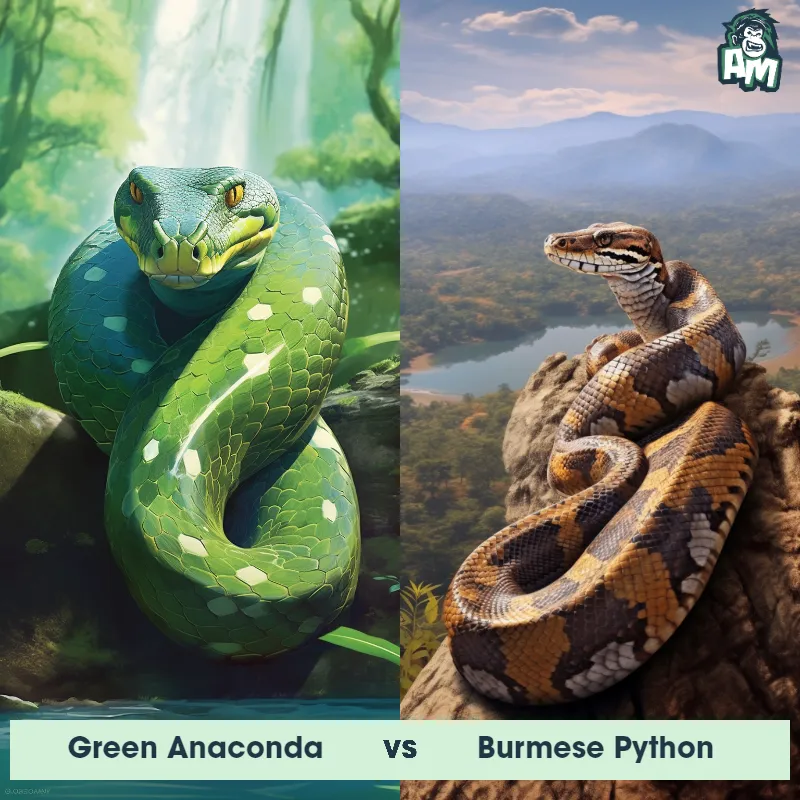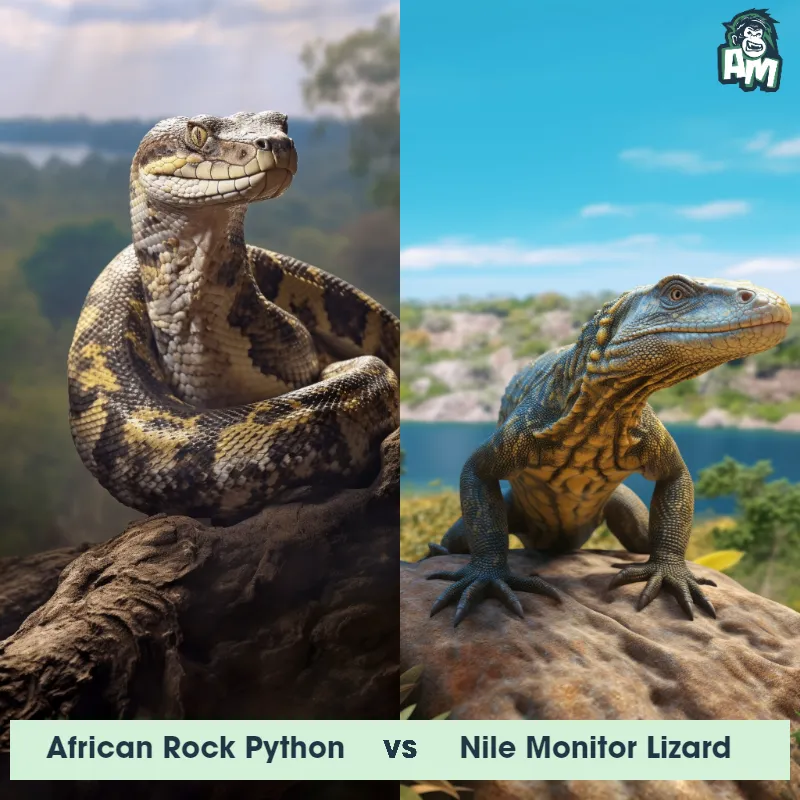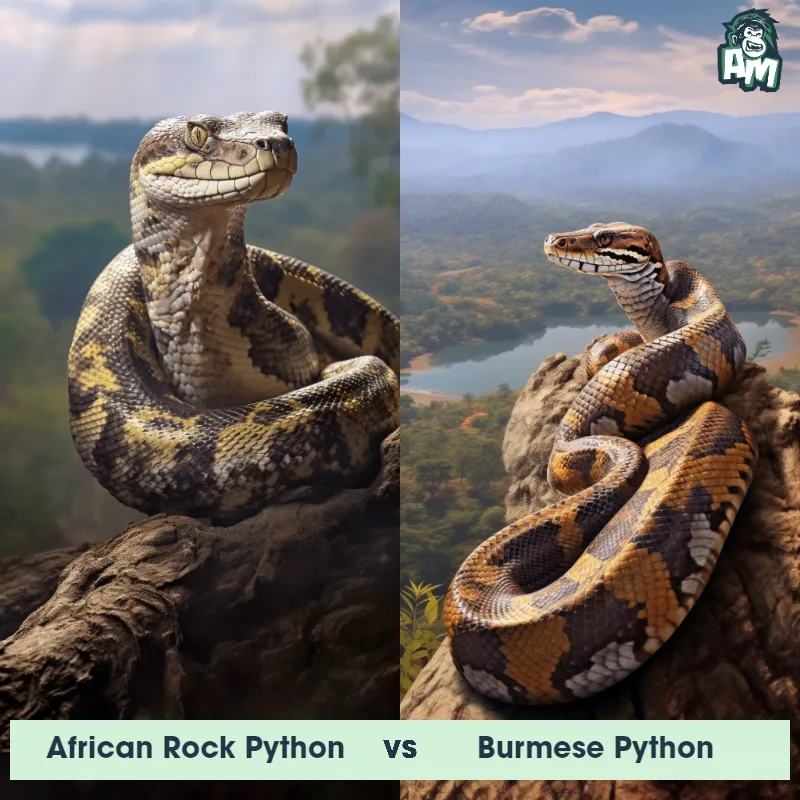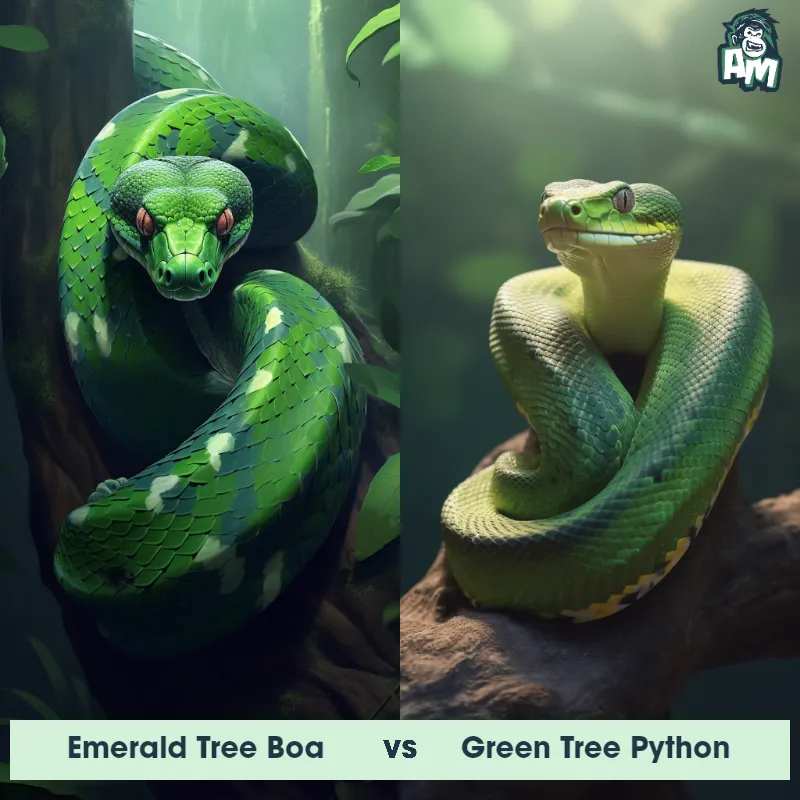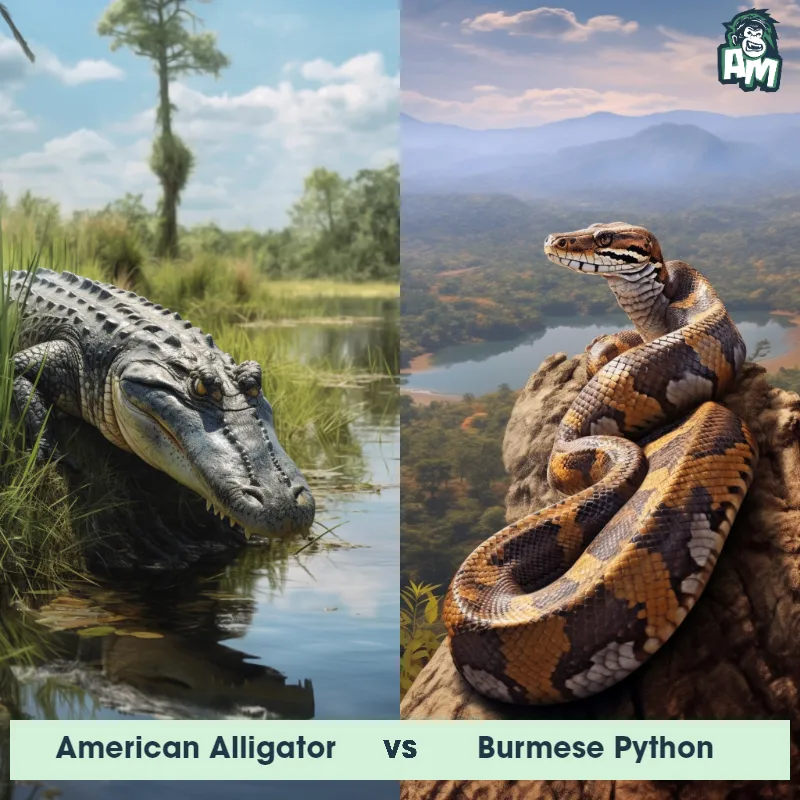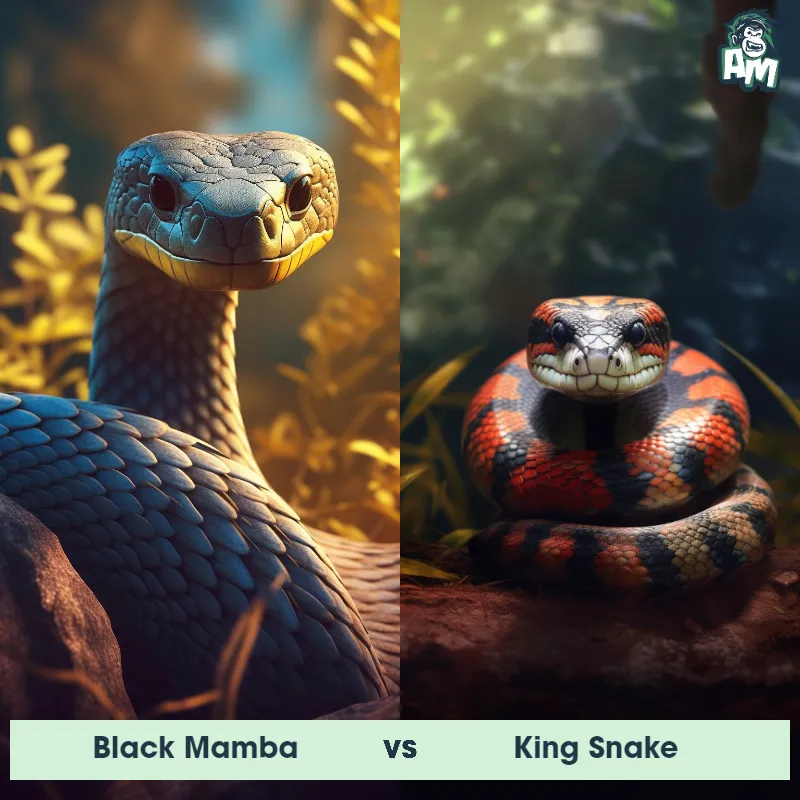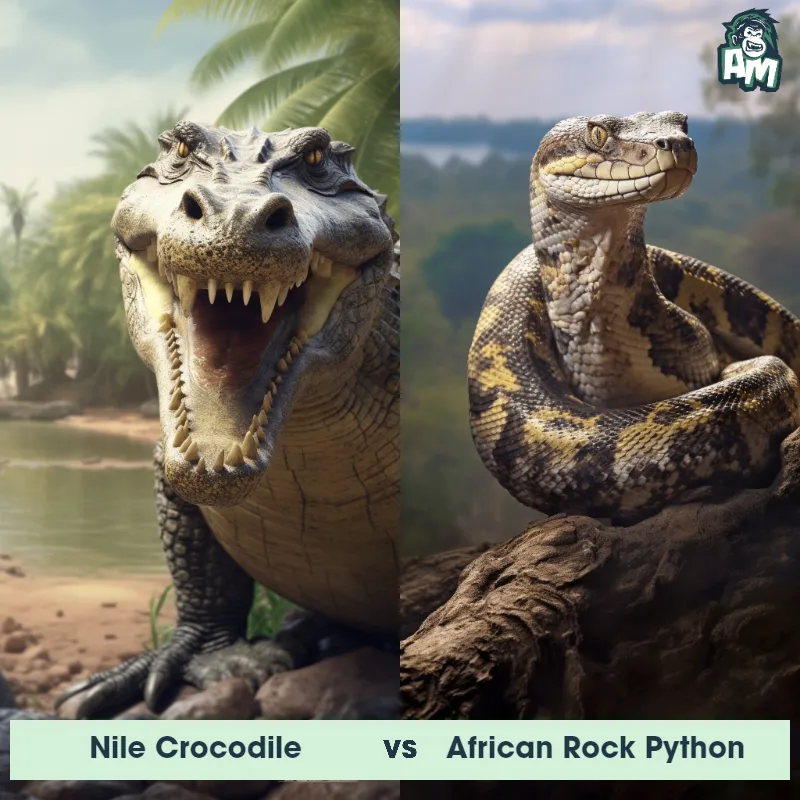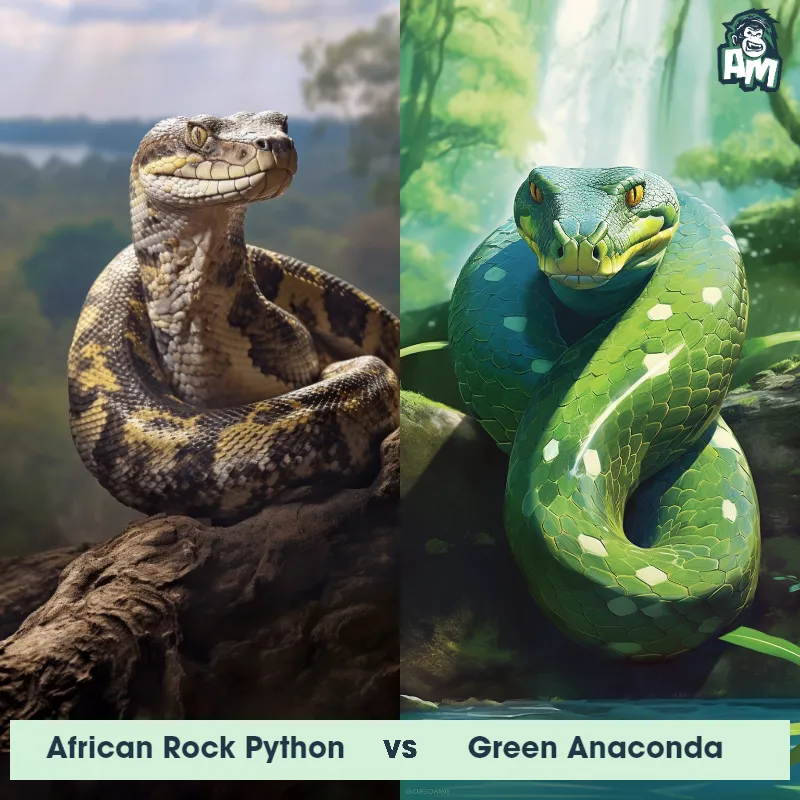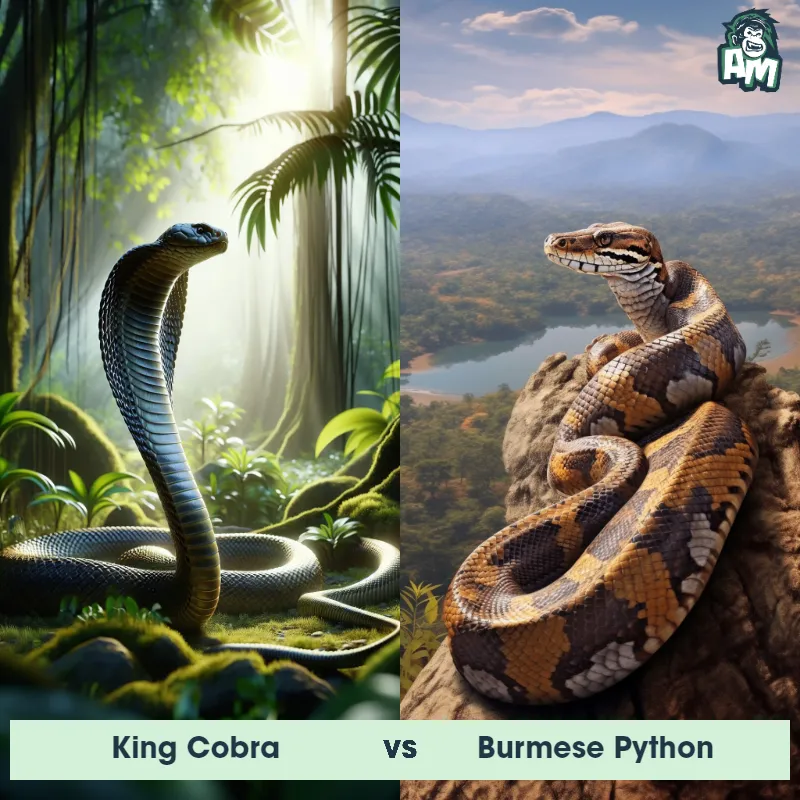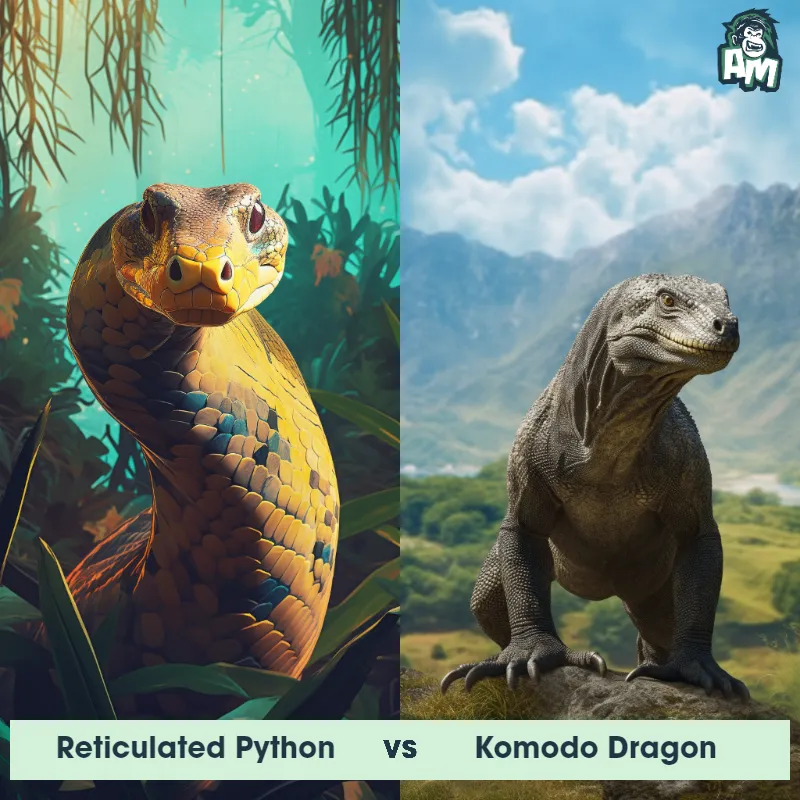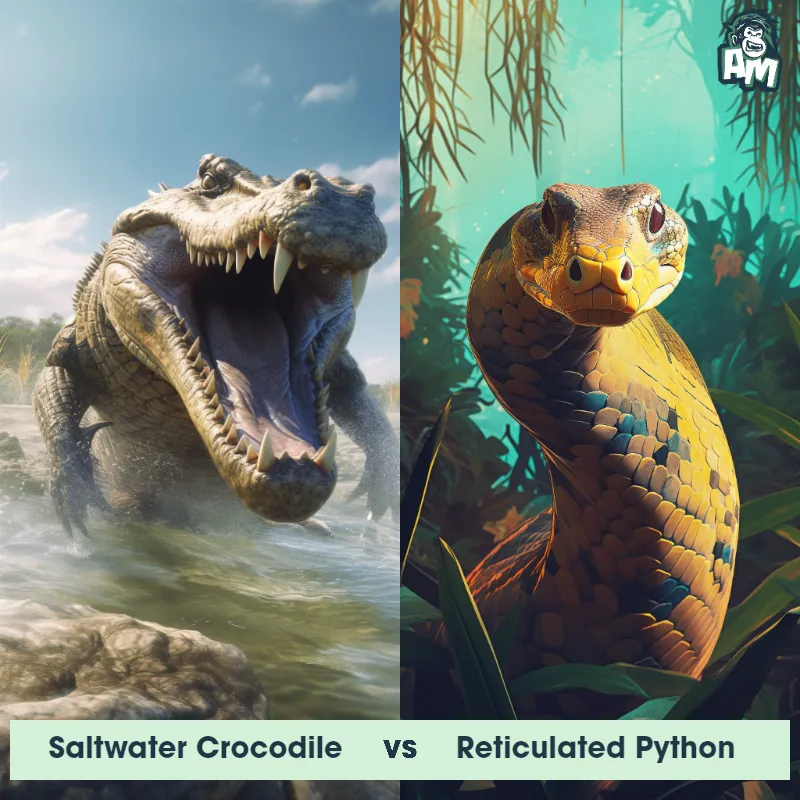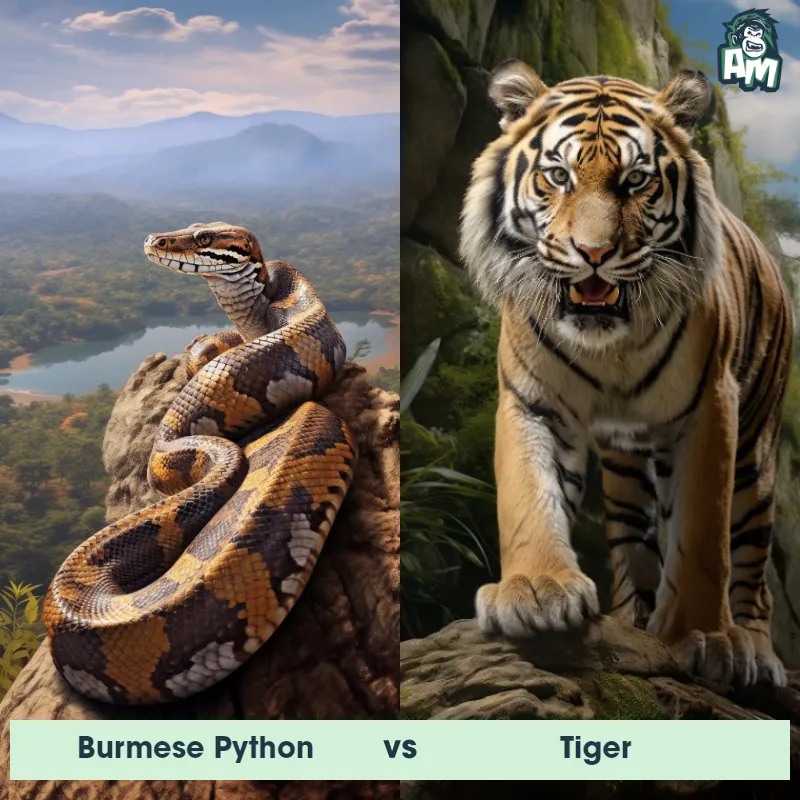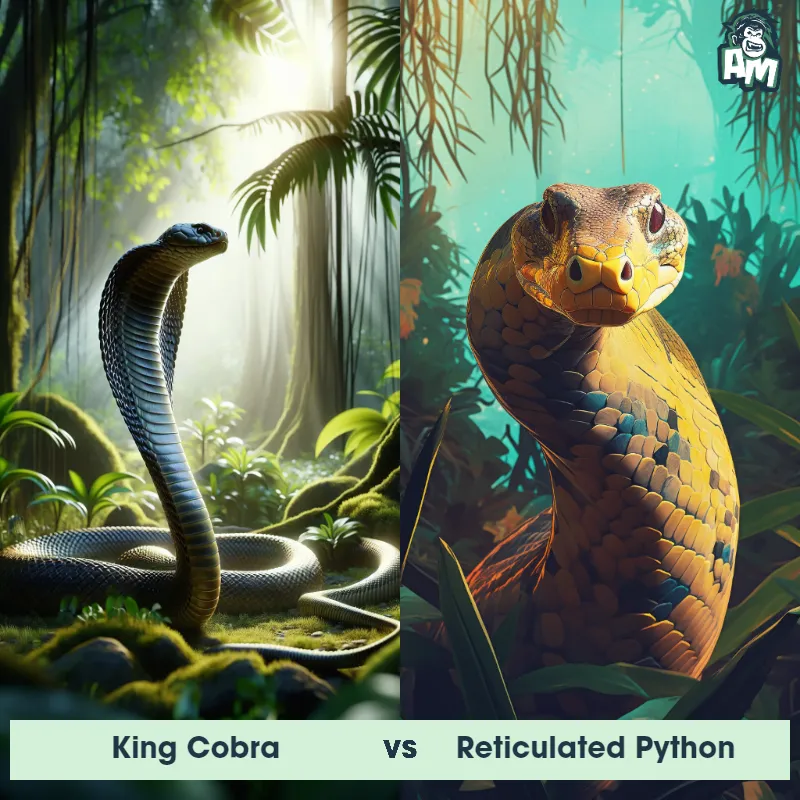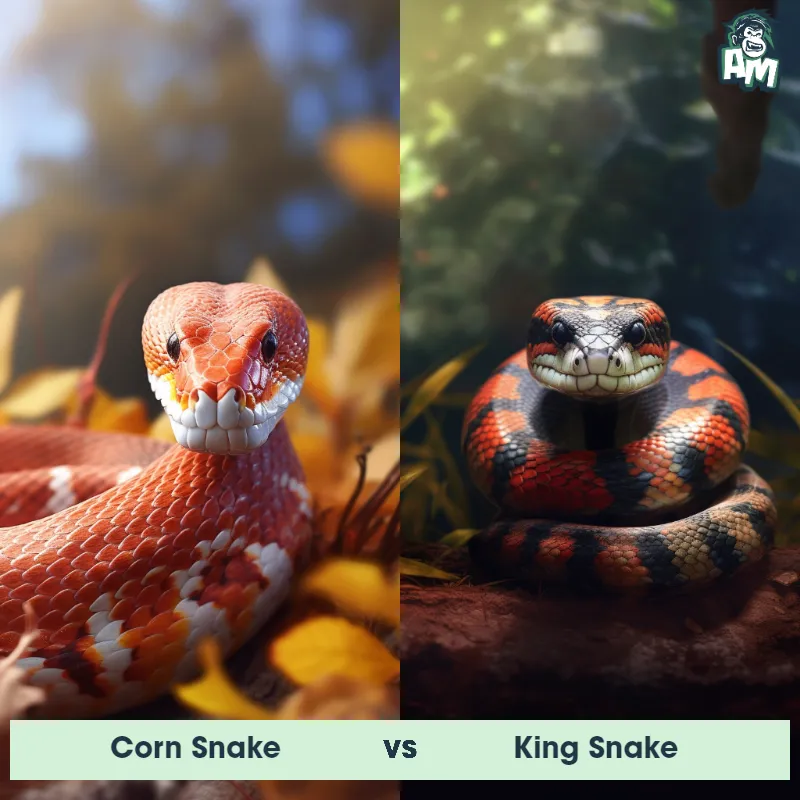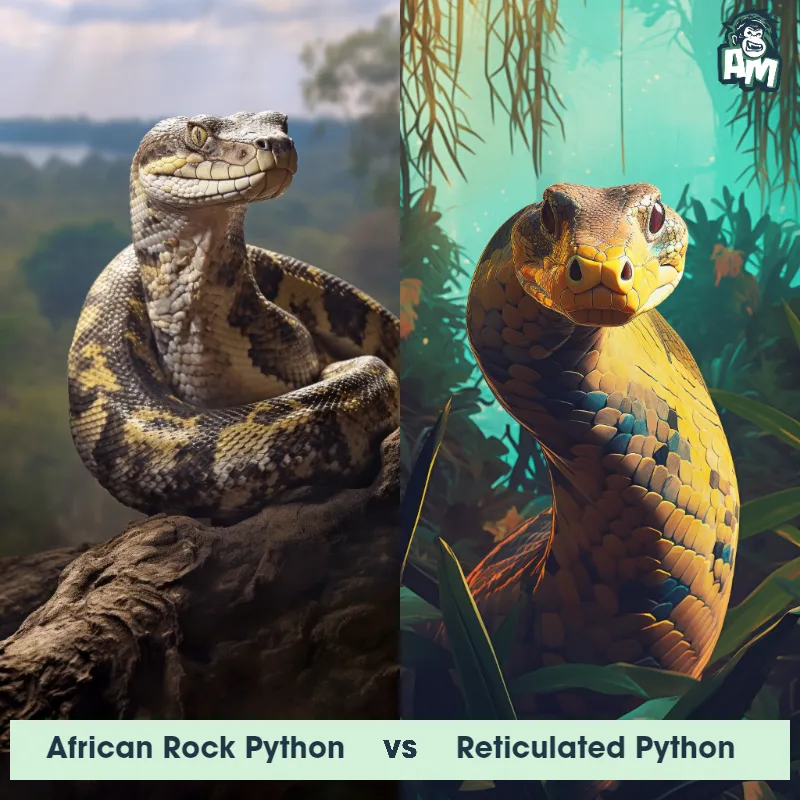King Snake vs Ball PythonSee Who Wins

Ladies and gentlemen, welcome to the ultimate showdown here at our wild and thrilling battleground! Today, we witness an intense battle between two formidable predators, the King Snake and the Ball Python. These fearless reptiles have coiled up and are ready to strike! Who will emerge victorious in this three-round spectacle? Let's find out!
Contender 1: King Snake
The King Snake, also known as the Lampropeltis, is a non-venomous snake that can be found in North and Central America. They are known for their distinctive color patterns, which can vary depending on the species. Some King Snakes have black and white stripes, while others have red and black bands. They are constrictors, meaning they kill their prey by squeezing them until they suffocate. King Snakes are also known for their immunity to the venom of other snakes, which allows them to eat venomous snakes without being harmed.
Fun Fact: King Snakes are known for their ability to mimic the appearance and behavior of venomous snakes, such as the Coral Snake. This is a defense mechanism that helps them avoid predators.
Contender 2: Ball Python
The Ball Python, also known as the Royal Python, is a non-venomous snake native to Sub-Saharan Africa. These snakes are named "ball" pythons because they have a habit of curling up into a tight ball when they feel threatened or defensive. They have a smooth and shiny appearance, with a varying array of colors and patterns, including various shades of browns, blacks, and whites. Ball pythons have a unique heat-sensing ability due to specialized pits in their faces, which helps them locate and capture prey. They are known for their docile and calm nature, making them popular pets among snake enthusiasts.
![[object Object] Gif](https://tenor.com/view/yawn-snake-slither-hiss-animal-gif-17279037.gif)
Fun Fact: Ball pythons are known for their ability to go for long periods without food. In the wild, during the dry season, they can survive for up to six months without eating by conserving their energy and slowing down their metabolism.
Matchup Stats
| King Snake | Ball Python | |
|---|---|---|
| Size | Up to 6 feet (1.8 meters) | 4-6 feet (1.2-1.8 meters) |
| Weight | Up to 4 pounds (1.8 kilograms) | 3-5 pounds (1.4-2.3 kilograms) |
| Speed | Speed: 4 mph (6.4 km/hr) | 1mph (1.6km/h) |
| Key Strength | Constriction | Constriction and agility |
| Biggest Weakness | None | Lack of venom or defensive weaponry |
Current Votes
King Snake vs Ball Python
See Who Wins
View More Matches
Looking For More?
Similar Matches
Scientific Stats
| King Snake | Ball Python | |
|---|---|---|
| Scientific Name | Lampropeltis | Python regius |
| Family | Colubridae | Pythonidae |
| Habitat | Terrestrial | Terrestrial |
| Geography | North and Central America | Sub-Saharan Africa |
| Diet | Carnivorous, eats rodents, lizards, birds, and other snakes | Small mammals, birds, and reptiles |
| Lifespan | 15 years - 25 years | 15 years - 30 years |
Key Differences between King Snake and Ball Python
- Scale texture: King Snakes have smooth and glossy scales that give them a shiny appearance, while Ball Pythons have slightly keeled scales, meaning they have small ridges running down the center of each scale that give them a rougher texture.
- Color and pattern: King Snakes display a distinctive pattern of alternating bands of black, yellow, and white or cream, while Ball Pythons typically feature a combination of brown or black blotches on a lighter background, often beige or tan.
- Head shape: The King Snake has a more elongated and slender head compared to the Ball Python, which has a relatively short and rounded head.
- Eye shape and size: The King Snake has relatively large and round eyes compared to the Ball Python, which typically has smaller and more oval-shaped eyes.
- Belly coloration: While Ball Pythons have a consistent light-colored belly from head to tail, King Snakes often have a distinctively patterned belly with black and white or yellow markings.
- Size: The King Snake generally grows larger than the Ball Python, with adults reaching an average length of 3 to 5 feet, whereas Ball Pythons usually grow to between 2 to 4 feet in length.



